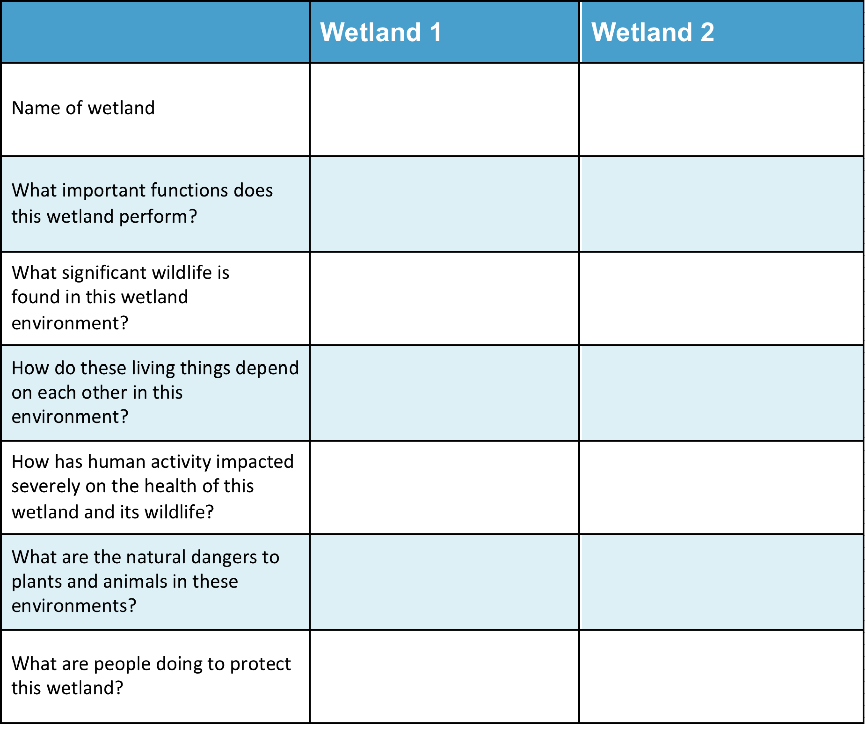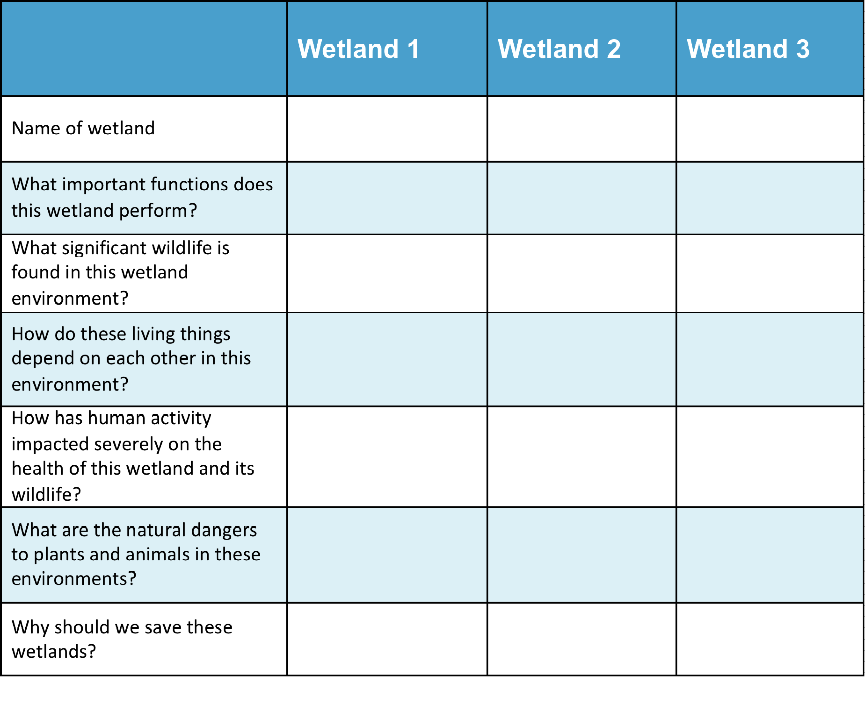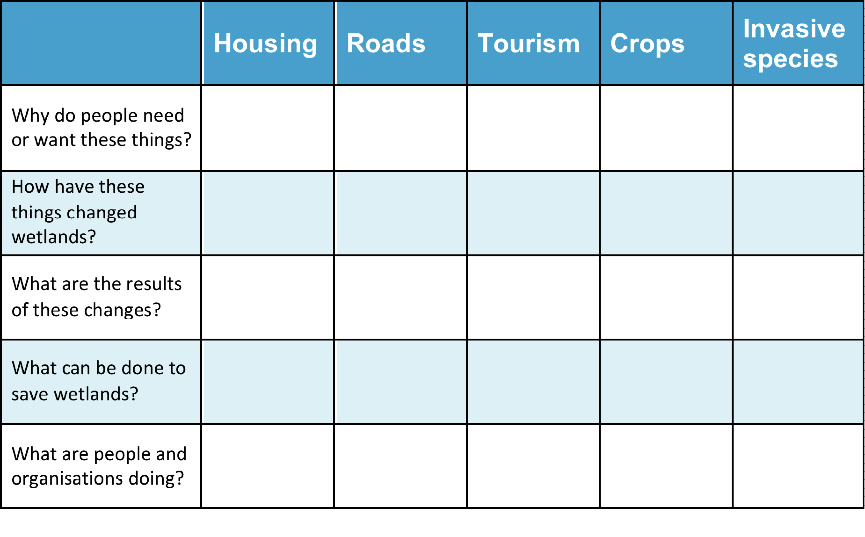Information for Teachers
Curriculum links
Australian Science Standards
BS (ACSSU43) Structural features and adaptations of living things assist their survival
GS (ACHASSK113) The environmental and human influences on the location and characteristics of a place and the management of spaces within them
SS01.8 Designing action for sustainability requires an evaluation of past practices, the assessment of scientific and technological developments, and balanced judgements based on projected future economic, social and environmental impacts
New Zealand Science Achievement Objectives
LW: The key structural features and functions to the life processes of plants and animals
LW: The importance of variations within a changing environment
NS: Scientists’ investigations are informed by current scientific theories and aim to collect evidence that will be interpreted through processes of logical argument
How to search the internet
1 Keep your request short
Fewer words will give a more accurate search.
2 Choose exactly what you want
For example: Arctic Circle Climate
3 Use quotes
Double quotes around a set of words tell the search engine to consider those exact words in that exact order without any change. For example: “Arctic Circle Climate”
4 Use the plus sign (+)
If you add a plus sign (+) between words, the internet will search for all the words. For example: migrate+birds+whales+mammal
5 Use the minus sign (–) to say what you don’t want
Use a minus sign (–) to show words you do not want to appear in your results. For example: if you search for burrowing animals and do not want mammals in your search, –mammals will exclude mammals. Note that you need to put a space before the minus sign for the word to be excluded.
6 Be very clear about what you don’t want
Part 1
Ask questions and make predictions
After reading Wetlands, you may have many questions about wetlands as complex ecosystems.
List your questions.
- Compare your list with questions that others have.
- Choose a question you would like to investigate.
- You can work alone, with a partner, or in a small group.
You may want to choose one or more of these questions to investigate
Q1. What important functions do wetlands perform?
Q2. How has human activity impacted severely on the health of wetlands and their wildlife?
Q3. Why are wetland ecosystems considered to be fragile?
Q4. What is being done to protect wetlands?
Go to Part 2 Plan and investigate →Part 2
Plan and investigate
Do searches in the internet or in books or talk to people who can help to find the information you are looking for.
Your teacher may suggest suitable websites for further information.
Go to Part 3 Record and analyse data →Part 3
Record and analyse data
Find a way of recording your information that will allow you to see any patterns in the data.
Data Chart for wetlands
 Download Chart
Download Chart
Go to Part 4 Evaluate the information →
Part 4
Evaluate the information
1. Look over the information you have gathered and the patterns you have found.
What do these wetland environments have in common?
Why are they fragile?
2. Search for other patterns.
What might happen to these environments in the future?
How can they be protected?
3. Makes notes about what you find.
Go to Part 5 Communicate and share ideas →Part 5
Communicate and share ideas
Look over all of the information that you have gathered in your investigation.
What are the most important ideas about wetland environments?
Make a chart showing the most important ideas.
 Download Chart
Download Chart
 Download Chart
Download Chart
← Return to menu
